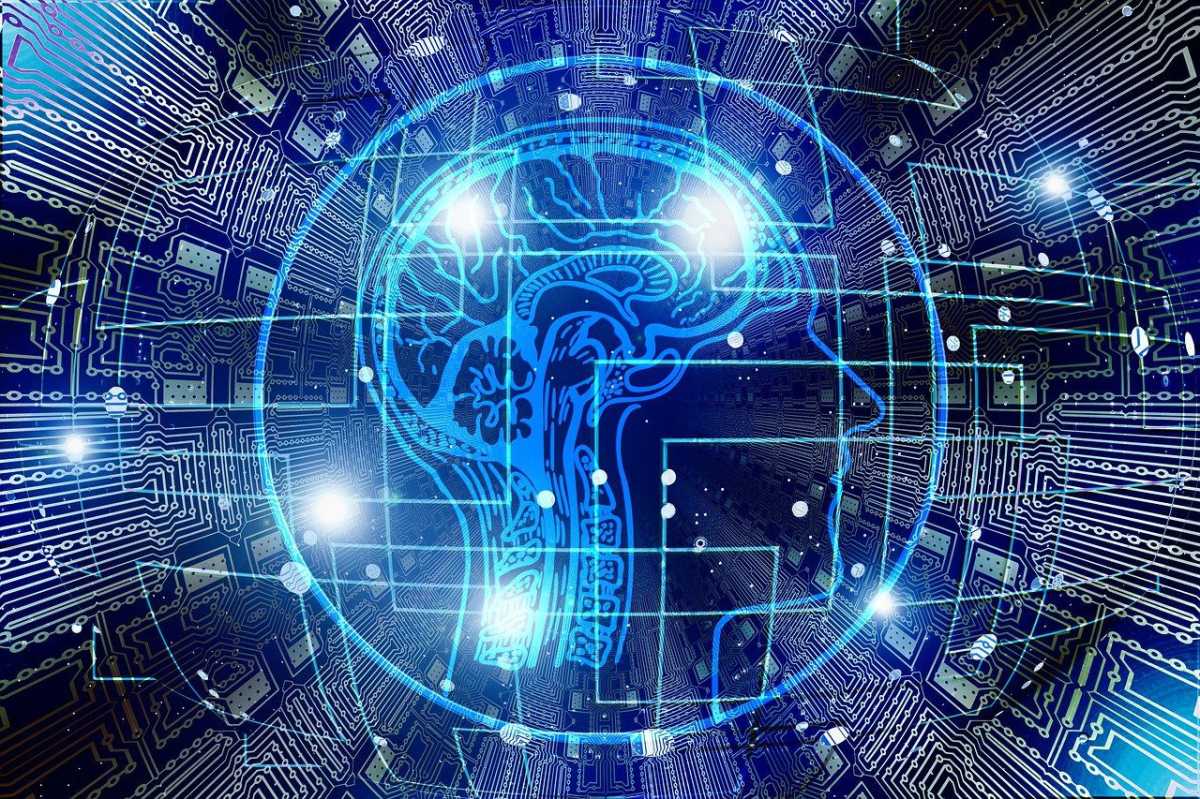Features
The Role Of AI In Predictive Analytics

Artificial intelligence (AI) has emerged as a powerful tool in various fields, and predictive analytics is no exception. Predictive analytics involves analyzing historical data to make forecasts and predictions about future events. With the integration of AI into predictive analytics, businesses and organizations can unlock deeper insights, make more accurate predictions, and ultimately gain a competitive advantage. In this article, we will explore the role of AI in predictive analytics and its impact on decision-making processes.
What is Predictive Analytics?
Predictive analytics is the practice of using data analysis and statistical algorithms to analyze historical data and make predictions about future outcomes. It involves identifying patterns, trends, and relationships in large datasets to understand and anticipate future events or behaviors. Predictive analytics leverages various techniques, such as data mining, machine learning, and statistical modeling, to extract insights and generate predictions.
Traditionally, predictive analytics has relied on manual data analysis and statistical models created by data scientists. While these methods can provide valuable insights, they are often limited by the scale and complexity of the data. This is where AI comes into play.
The Role of AI in Predictive Analytics
AI has revolutionized the field of predictive analytics by enabling the automation of data analysis and prediction processes. Here are some key ways in which AI contributes to predictive analytics:
Data Collection and Integration:
AI systems can collect, aggregate, and integrate vast amounts of data from multiple sources. This includes structured data from databases, unstructured data from social media and text sources, and real-time data from sensors and IoT devices. By automating the data collection process, AI eliminates manual effort and allows for comprehensive analysis of diverse data types.
Data Cleaning and Preprocessing:
Before analyzing data, it needs to be cleaned and preprocessed to remove any inconsistencies, missing values, or outliers. AI-powered algorithms can automatically handle these tasks by identifying patterns and making data transformations. This ensures that the data used for predictive analytics is accurate and reliable.
Pattern Identification and Analysis:
AI algorithms excel in identifying patterns and relationships in large and complex datasets. By employing techniques like machine learning, deep learning, and natural language processing, AI algorithms can identify hidden patterns that humans might overlook. This ability enables more accurate predictions and deeper insights into the factors influencing future outcomes.
Forecasting and Prediction:
AI algorithms can analyze historical data to generate accurate forecasts and predictions. These algorithms can adapt and learn from new data, improving their prediction accuracy over time. By continuously updating and refining their models, AI-powered predictive analytics systems can provide organizations with valuable insights into market trends, customer behavior, and future demands.
Automated Decision-making:
AI can go beyond generating predictions to automate decision-making processes. By integrating predictive analytics with AI, organizations can create systems that analyze data, generate predictions, and make informed decisions autonomously. This reduces human bias and enables faster, data-driven decision-making, leading to more efficient and effective operations.
The Benefits of AI in Predictive Analytics
The integration of AI in predictive analytics brings several benefits:
Improved Accuracy and Precision:
AI algorithms can analyze massive amounts of data with incredible speed and accuracy. This allows for more precise and accurate predictions, reducing errors and increasing the reliability of forecasts.
Enhanced Efficiency and Scalability:
AI-powered predictive analytics systems can handle vast amounts of data and perform complex analysis tasks much faster than manual methods. This scalability and efficiency enable organizations to process larger datasets and make real-time predictions, leading to improved operational efficiency.
Identifying New Opportunities:
By uncovering hidden patterns and relationships, AI algorithms can identify new opportunities and potential risks. Organizations can use these insights to adapt their strategies, develop new products or services, and gain a competitive edge in the market.
Reduced Costs and Resource Requirements:
AI automation reduces the need for manual data analysis and reduces labor costs. By leveraging AI in predictive analytics, organizations can make more efficient use of resources, streamline processes, and allocate their human capital to more strategic tasks.
Conclusion
AI has become an integral part of predictive analytics, transforming the way organizations approach data analysis and prediction. With its ability to process vast amounts of data, identify patterns, and make accurate predictions, AI enables organizations to gain actionable insights, automate decision-making, and drive success. By harnessing the power of AI in predictive analytics, businesses and organizations can stay ahead of the competition and make data-driven decisions in an increasingly dynamic and complex landscape.










